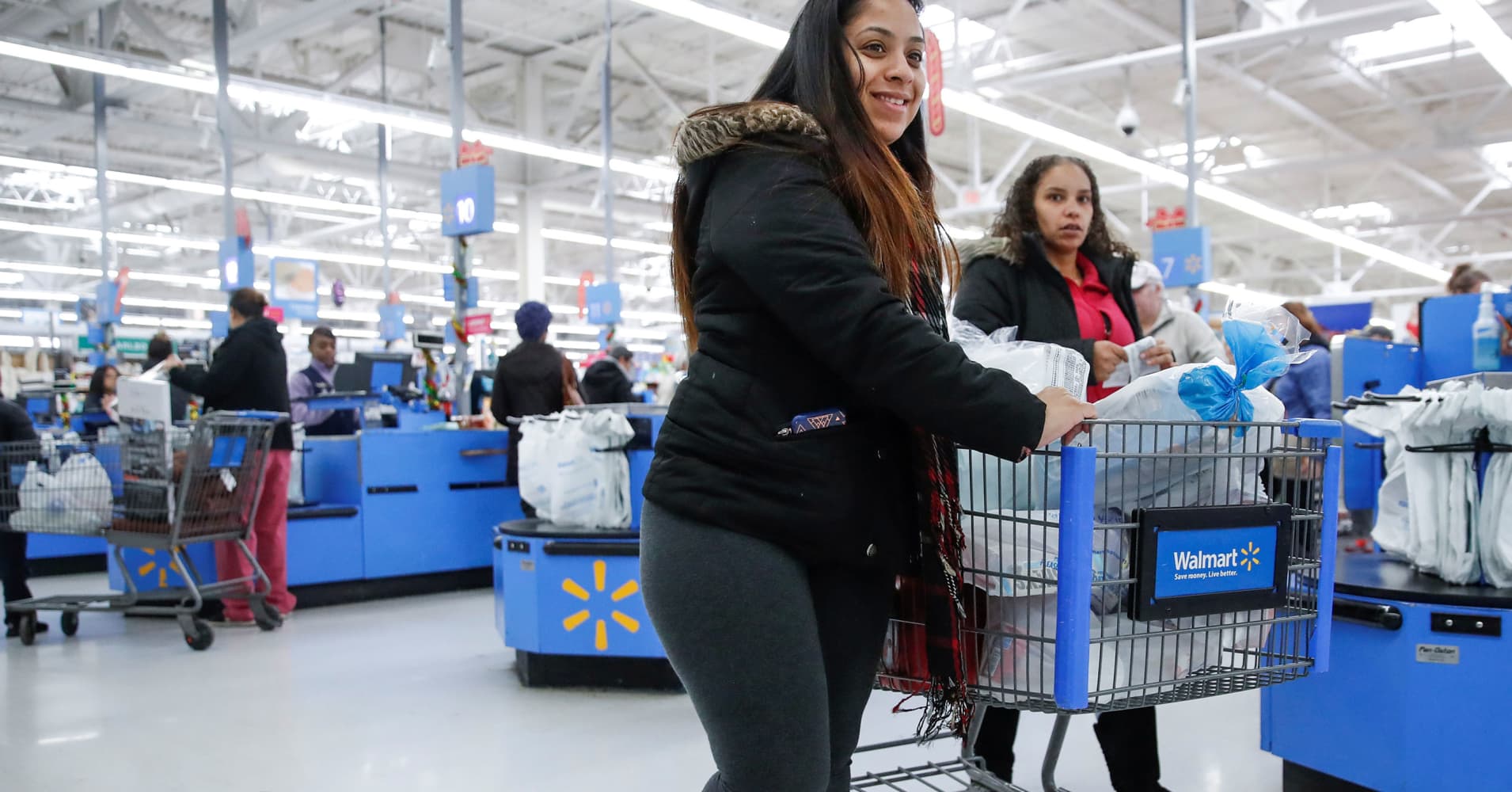
The economy, the Fed and inflation all have some influence over long-term fixed mortgage rates, which generally are pegged to yields on U.S. Treasury notes, so there’s already been a spike since the Fed started raising rates.
The average 30-year fixed rate is now about 4.83 percent, up from 4.09 percent in 2015. That has cost the average homebuyer roughly $42,000, WalletHub found.
Between increasing home prices and higher mortgage rates, homes are about 10 percent less affordable this year than they were last year, according to Tendayi Kapfidze, the chief economist at LendingTree. “Next year, we could see another 10 percent to 15 percent decrease in affordability,” he said.
Many homeowners with adjustable-rate mortgages or home equity lines of credit, which are pegged to the prime rate, will also be affected. While some ARMs reset annually, a HELOC could adjust within 60 days.
What you can do about it: Those with an ARM can still refinance into a fixed rate that’s lower than what your ARM will adjust to soon, Kapfidze said. “If you have the chance to lock in a fixed payment and remove the risk of higher rates, take that opportunity.”
“If the federal funds rate continues to go up, there’s no guarantee these rates will be available to you down the line,” Kapfidze added.
If you have a HELOC, ask your lender to freeze the interest rate on your outstanding balance or consider refinancing into a fixed-rate home equity loan, although that puts a cap on how much money you can access. Alternatively, switch to another lender offering a lower rate and then pay down the loan as quickly as possible.
Be the first to comment